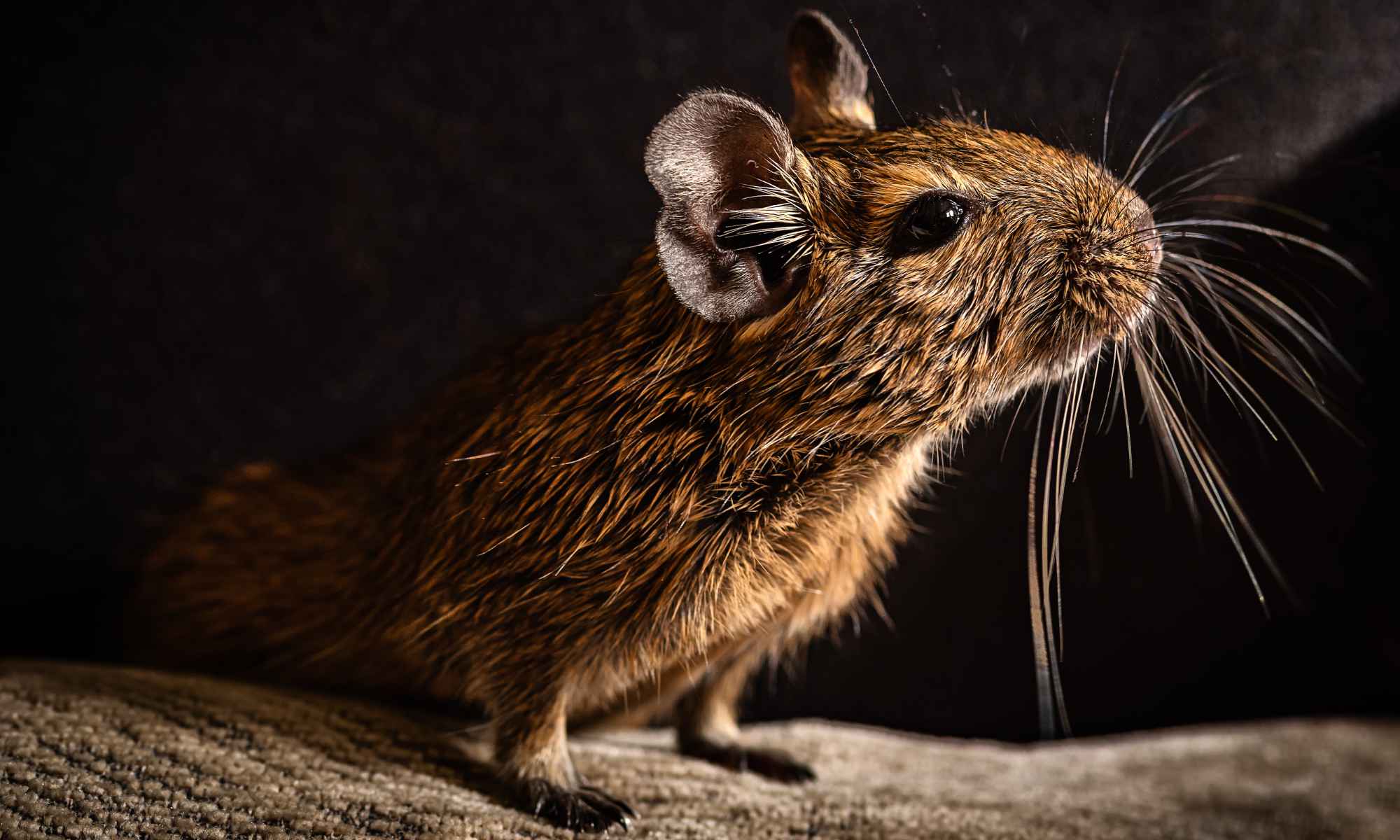A study of fire ants reveals the surprising power of genetics in shaping social organization and group behavior.
Majority rules … until it doesn’t.
Groups of social animals, including humans, can make complex decisions without a central leader. However, those choices aren’t always made by the bulk of the group. Sometimes, a small number can influence the majority to adopt its preferences—a phenomenon called “minority influence.”
In a paper published in the Proceedings of the National Academy of Sciences (PNAS), researchers studied minority influence in fire ants—highly social insects—and discovered a surprising genetic underpinning to the phenomenon. The research offers insights into how social interactions shape individuals and groups.
“Our research may help us understand how other animals make consensus decisions,” says Takao Sasaki, an associate professor in the Department of Brain and Cognitive Sciences at the University of Rochester. Sasaki collaborated with lead author and postdoctoral researcher Haolin Zeng and coauthor and professor Kenneth Ross, both at the University of Georgia.
A genetic minority shifts the group
It is well known that an organism’s traits are shaped by its genes and environment. However, the researchers discovered another factor. By studying fire ant colonies, they found that an individual’s behavior and characteristics can also be influenced by the genetic makeup of others, a mechanism known as indirect genetic effect.
Fire ant colonies may have either one queen or multiple queens, depending on the type of colony. Single-queen colonies tend to be more territorial and will not accept additional queens—and will even attack competitors to their queen. By contrast, multiple-queen colonies will nurture multiple queens at one time.
The researchers found that in the fire ant colonies, a small group of worker ants can carry a selfish genetic element—a piece of DNA that exist to spread itself, even if it doesn’t benefit its host. These ants can influence a single-queen colony to accept additional queens that also carry this selfish genetic element. As a result, a colony that would normally have just one queen can shift to accepting multiple queens.
Even more surprising: As few as 10 percent of the overall colony population can sway the colony from a single-queen structure to a multiple-queen structure.
Selfish DNA rewires social behavior

The experiments conducted by Sasaki, Zeng, and their colleagues showed that the shift depends on factors including chemical signals called pheromones that the ants use to communicate and decide which queens belong in their colony.
The selfish genetic element can alter how some worker ants produce or perceive these signals, basically rewriting them so they accept more queens carrying the selfish genetic element, instead of rejecting the queens as they usually would.
To study minority influence in a lab setting, the researchers carefully introduced 300 single-queen ants to 100 multiple-queen ants. The researchers video recorded the ant behavior and studied how the ants influenced each other.
Fire ants were the ideal organisms for this study due to their social structure.
“By looking at their genes, we know their preferences for having one queen versus multiple queens,” Sasaki says. “By manipulating the proportion of workers with certain genes, we can test if and how a minority can convince the rest of the group members.”
A deeper understanding of collective behavior
“Our study deepens the understanding of how social organization and collective behaviors are shaped by genetic factors, not only your own genes but also the genes from the individuals you are interacting with,” says Zeng. “This knowledge is important not only for understanding the biology of social insects like fire ants but also for broader insights into the evolution of cooperation and sociality in animals, including humans.”

Sasaki, who joined the University of Rochester less than a year ago from the University of Georgia, studies collective cognition, which refers to how a group of individuals process information together as a cognitive unit.
“The brain is a good example,” says Sasaki. “Each neuron talks to other neurons. A brain is a cognitive unit. Ants as colonies make collective decisions like brains do.”




